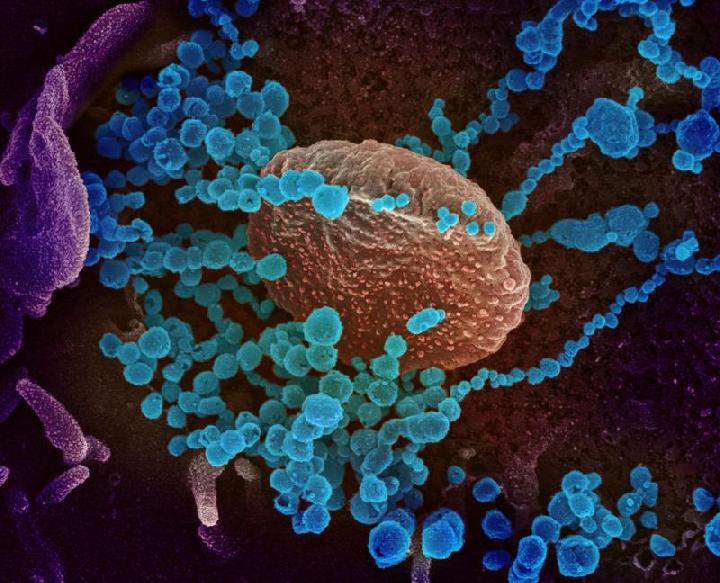Understanding Indonesia's Coronavirus Acronyms and Terms
Translator
Editor
17 March 2020 19:53 WIB

TEMPO.CO, Jakarta - There have been many acronyms and terms the government uses in reporting about coronavirus (COVID-19) cases, which has also been adopted by news media outlets. But what do lockdown, social distancing, work from home, PDP or ODP mean?
Here are 6 terms often used amid the coronavirus crisis that Tempo gathered from internal sources and other reputable sources.
- Lockdown
Lockdown, in its technical terms regarding the coronavirus, is a precautionary measure taken by the government in closing all access ways heading into or outside of a country or area. In the case of an outbreak, this is meant to control people’s mobility to prevent a virus from spreading to an even broader area.
This could mean closing all accesses to public transportation, public facilities, offices, factories, and activities are severely limited. Some countries have even implemented curfews. One coronavirus-stricken country that applied a total lockdown policy was China when it completely locked down the province of Wuhan following a massive spike in cases contracting the virus.
- Social Distancing
Social distancing, as blatant as the name suggests, is a term which according to The Atlantic, used by the epidemiologists to refer to a conscious effort to reduce close contact between people and hopefully stymie community transmission of the virus.
The CDC guidelines acknowledge factors like the size of a community, its population density, its access to health care, and caveats that social-distancing measures can "be scaled up or down" depending on the evolving local situation.
According to Ivan Lanin, an Indonesian linguist, self-isolation or quarantine aimed to control the spread of a virus by limiting the mobility of people. However, isolation is used to refer to the transfer of a virus from a sick person while quarantine is preventing further virus spread among healthy people.
- Work From Home (WFH)
The term work from home or WFH is popular among workers as it means remotely working from home rather than being physically at an office. In terms of the coronavirus crisis, working at home enables people to highly reduce the risk of contracting the disease by limiting their mobility.
- Imported coronavirus case and local transmissions
The former of the two aforementioned terms refers to a situation when a patient has contracted the virus outside of the location where the patient reported the transmission. To put it simply, imported cases that happened in Indonesia are those who were tested positive after they traveled overseas. While a local transmission is when a patient has contracted the disease within the area where the case happened.
- Epidemic and Pandemic
An epidemic is when the spread of a communicable disease rapidly infects a large number of people within an area or region, which is at a smaller scale compared to a pandemic.
Meanwhile, a pandemic is when the spread of a viral illness has spread globally. The World Health Organization (WHO) recently declared the COVID-19 case as a pandemic that has spread nearly to every country in the globe.
- ODP, PDP, and coronavirus suspect
ODP, PDP, and a coronavirus suspect are the three terms most often found in news articles and government press releases. The first two are specific terms used by the Indonesian government to categorize a person’s status in the coronavirus crisis. PDP refers to patients under surveillance while ODP stands for people under monitoring, which basically means an ODP classify people who are monitored but have yet shown any symptoms.
According to the Indonesian Health Ministry, people categorized under ODP are those who traveled to the coronavirus epicenter or have made contact with people suspected to be positive for COVID-19. However, once a person under monitoring has shown symptoms of coronavirus infection, that person's health status is increased to PDP.
ODPs are required to self-monitor their own health and report to local health agencies if early symptoms are starting to show such as fever, coughs, flu, or respiratory problems. While PDP and suspected cases are required to be isolated after swab tests have been taken.
Once a patient is confirmed positive for coronavirus (COVID-19), they will undergo treatment twice until a follow up medical checkup confirms a person is negative. However, if a patient tests negative, they will be asked to wait for another test to definitively confirm that they are indeed negative.
DEWI NURITA























